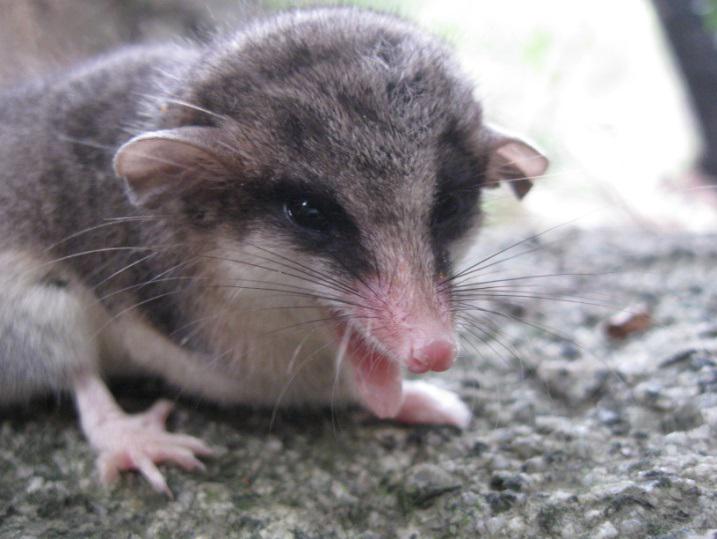Francisco Aguirre Saavedra
To identify and to estimate the decree of incidence which different ecologic factors have in the natural regeneration of the Chilean palm (Jubaea chilensis).

Jubaea chilensis is the second most southern palm in the World, endemic from Chile and it is the only species of its genus. During the last decades its population have presented a dramatic decrease, caused mainly by anthropogenic interventions, and as a result there has been a decrease of the seed bank and scarce survival of young individuals in places where they were historically present.
This study will be held in two reservation zones in the Valparaíso Region (Región de Valparaíso), in Chile (‘La Campana’ National Park and the ‘Palmar El Salto’ Nature Shrine), both which have Chilean palm communities under the same macroclimatic conditions. In both sectors the study will be carried out with a protocol that allows comparing the population dynamics of the Chilean palm, identifying and estimating the ecologic factors that affect in their natural regeneration.
For this to be accomplished, different sample stations will be selected, that present similar characteristics in both areas of study, which will be chosen according to biotic parameters (such as vegetal cover) and abiotic (slope, solar orientation and radiation). Once the stations are defined, twenty sample plots of 4 m2 will be established, arranged randomly in all previously selected stations.
In each plot, regeneration censuses for the J. chilensis will be held considering the number of Chilean palm saplings according to Lara and Donoso classifications; the abundance and diversity of micro mammals following regular method of tagging and recapture. Captures will be executed with standard size Sherman traps; and finally, physical and chemical soil properties will be measured (texture, temperature, pH and water retention analysis), as well as atmospheric (temperature and relative air humidity).
All the process will be conducted during three weeks in each season in a period of twelve months (starting in January, and finishing in December of 2010), in order to identify situations in which there is a natural regeneration of the target species.
All the information will be processed statistically applying variance, correlation and qualitative analysis, this last one with contingency tables.